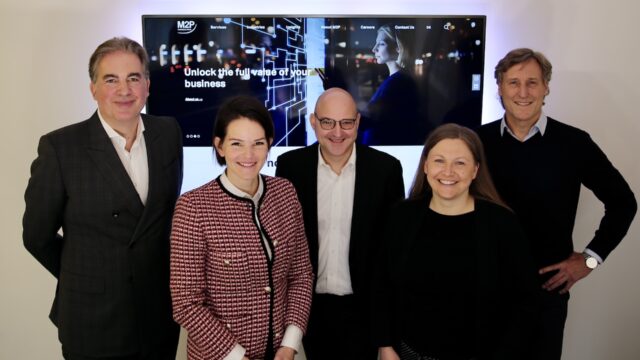
Introduction
It is not uncommon for airport projects to be delayed or launched with outstanding issues and flaws, but this doesn’t have to be the case. In this article we take a look at the common challenges construction companies face when commissioning information technology and cover the top three factors that need to be considered and water-tight to avoid pain around the time of launch.
As technology plays an ever-increasing role in the airport environment, it is paramount to ensure that the technological landscape is fit for purpose. The correct setup of systems is essential to support efficient operations, ensure safety and security, and provide a competitive passenger experience.
The three major areas of focus are:
- Technology Lifecycle
- Increased System Complexity
- System Integration
1. Technology Lifecycle
It can take at least five to seven years from planning to opening day. With technology in the aviation industry developing at a rapid rate, planning and designing the right digital programs and platforms can be challenging. Will the selected systems still meet the airport’s technology needs in five, ten or even fifteen years’ time?
Automatization and digitalization are the name of the game and airport leaders are increasingly understanding that technology can support and improve operations, and can lead to increased levels of passenger satisfaction.
The rise of low-cost carriers led to a wide range of self-service solutions, and while in recent years biometrics started to disrupt the industry another step towards effective and secure automatization has been taken. Access control systems are getting more technologically advanced and a clear trend towards real-time video analytics has emerged.
What’s next? Emerging trends include artificial intelligence, digitalization of ramp areas, robotics and the increased usage of big data.
To ensure airport commissioning accommodates these developing technologies, strategic planning is needed, as is building in additional buffers for time and budget. Leveraging expert advice and benchmarking with other airports and industries is essential, as is transferring this knowledge to the owner’s organization.
2. Increased System Complexity
More and more systems are automatically exchanging data, numbers, and information via interfaces. This adds remarkable benefits to end users and stakeholders, but it brings along additional complexity and difficulties.
System updates often performed during terminal renovation or expansions projects require an interface update strategy, extensive and comprehensive testing and more time and budget to ensure the expected quality can be maintained.
An obvious alternative is that airlines or governmental entities would provide the installation of systems and IT infrastructure. With analyzing this it becomes clear that for some parts and pieces it might work e.g. CUTE/CUSS, but for some it is just not feasible.
Equipment can be provided by the external partners but setting up networks or security systems should stay in the hand of the owner. With Terminal Systems like an AODB or EVIDS System it depends on the operating concepts if outsourcing is an option. The big downside of this is that the owners might lose control, and authority over operations and data.
3. System Integration
The toughest challenge is to integrate all new systems, equipment and end devices into the existing landscapes.
The initial challenge is to set up the network and define the right functional logic for the subnets of the network. This sets the baseline for many system setups. With system-specific challenges ahead, it is a continuing challenge across the complete project and the organization to find the right balance of client integration. The importance of the construction company involving the airport owner’s IT Division and their requirements should not be underestimated.
Many stakeholders have to be consolidated. Governmental partners in particular demand additional attention as their needs are special and distinct.
Approaching these focal points with dedicated project managers, who are bridging the gap between the construction company and the airport’s IT teams to support the airport in the decisions are definitely needed. Aside from the construction itself, the setup and successful commissioning of the IT landscape is the next biggest challenge. With a consolidated, integrated, cohesive approach the pain and agony can be limited.




